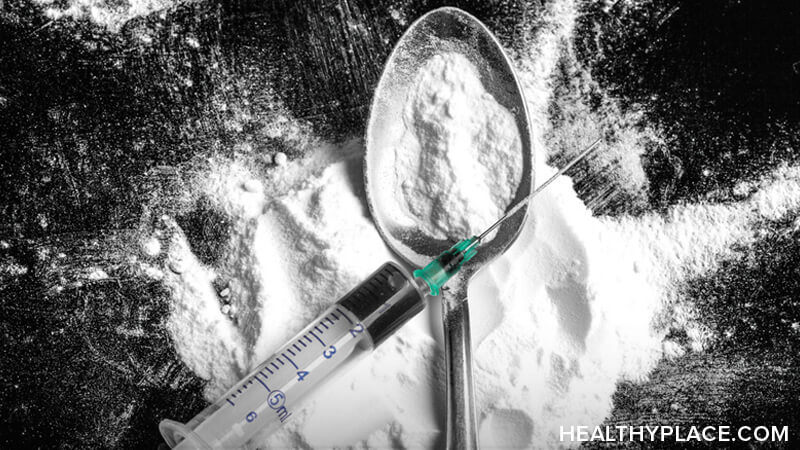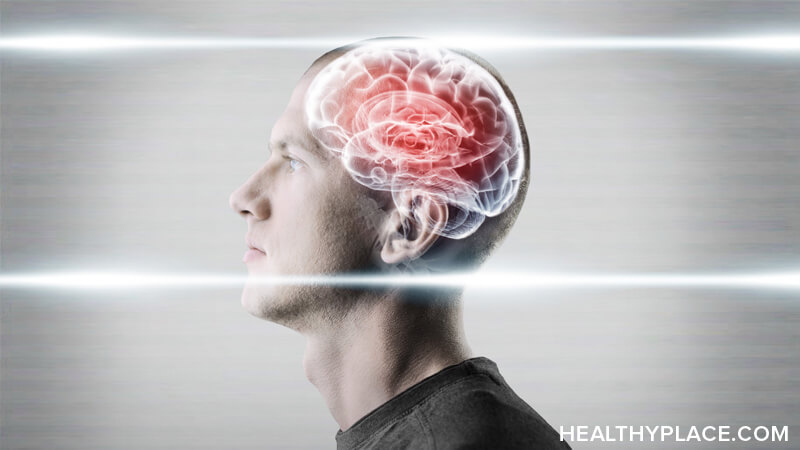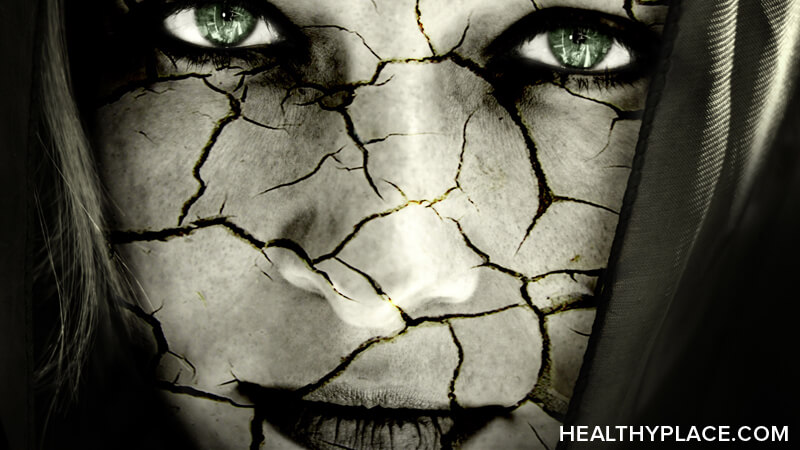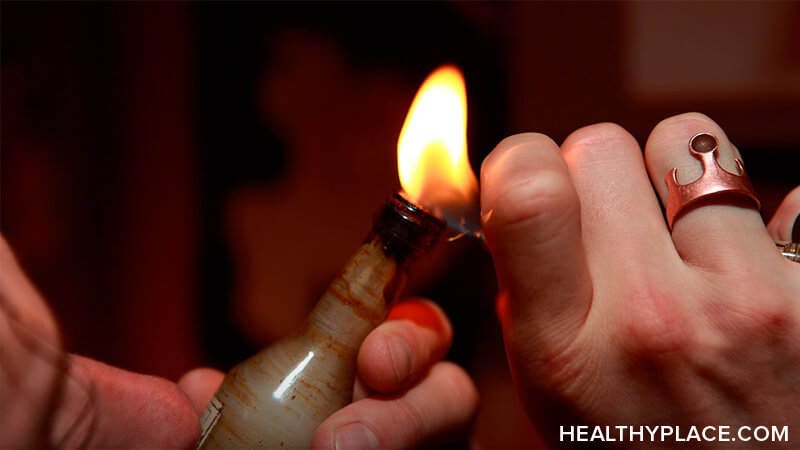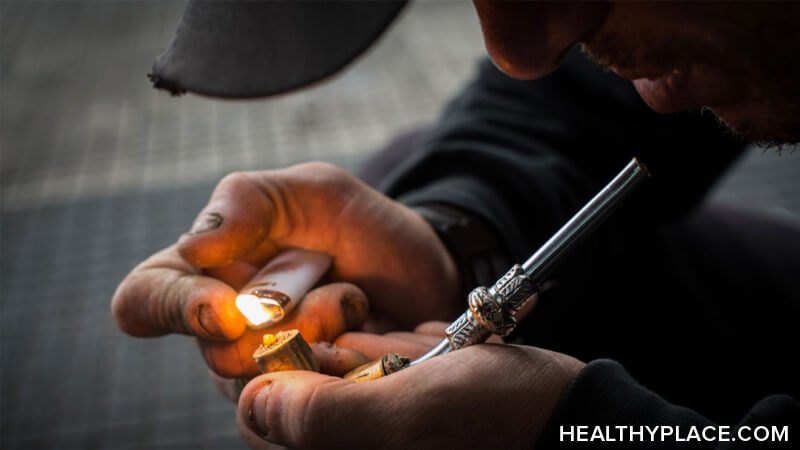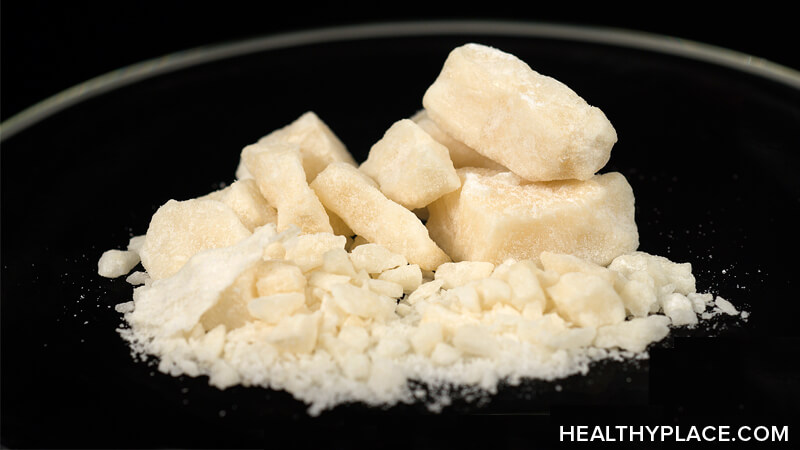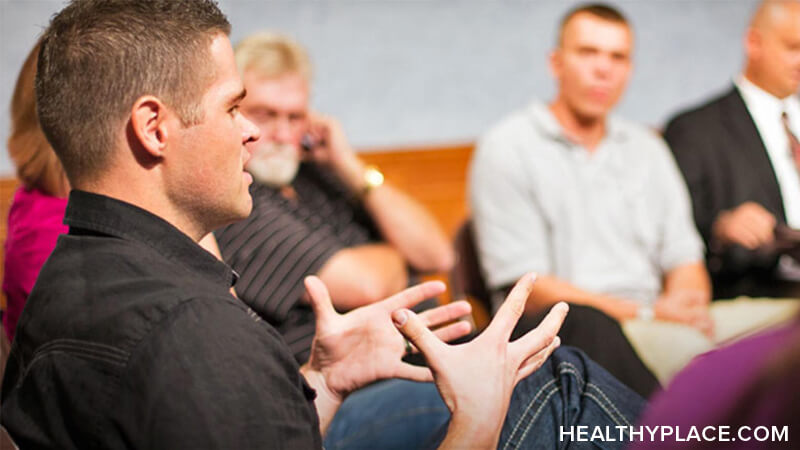How is Heroin Made?
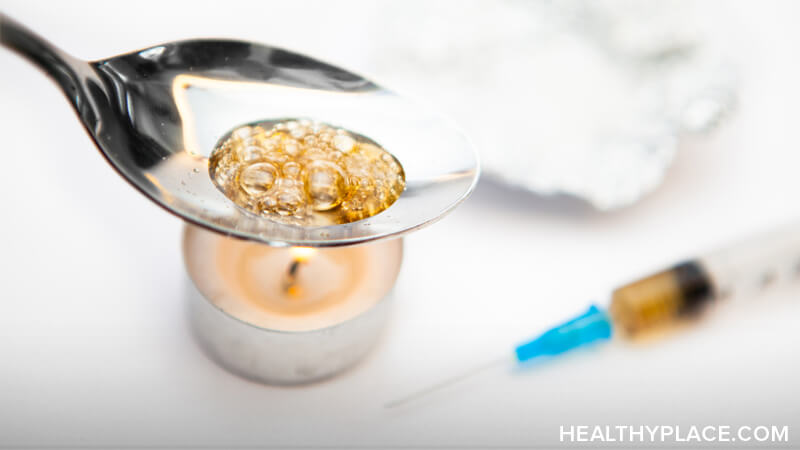
People are curious and ask, "How is heroin made?" when they see the drug affecting them or those around them. "Heroin," though, is actually a brand name for diacetylmorphine. The drug company Bayer synthesized diacetylmorphine in 1895 and branded it "Heroin." Heroin made a claim to be a non-addictive replacement for morphine. Now, however, heroin is the common name for the drug diacetylmorphine and it's clear the claims Bayer made about heroin being non-addictive were false. (See History of Heroin)
How is Heroin Made? - Where Does Heroin Come From?
Heroin is an opiate, stemming from the term opium, indicating heroin is made from the opium poppy. However, heroin is a semi-synthetic opiate as heroin is made not directly from the poppy, but from morphine. Morphine comes from the opium poppy directly.
Opium and morphine, from which heroin is made, come from a variety of sources:1
- Afghanistan -leading illegal opium and heroin exporter producing up to 82% of the world's supply
- Pakistan, Southeast Asia, South America - other illegal sources
- Tasmania, Australia, France, Japan, the United Kingdom - sources of legal opium and heroin
How is Heroin Made? - What is Heroin Made Of?
Heroin is made by first growing the opium poppy. Once the poppy is ripening, its pod is scored allowing a white, milky, latex to come out.2 This latex dries into a sticky, jelly-like resin. Typically this raw opium is made into morphine close to the source as morphine pressed into bricks and dried in the sun is much easier to handle and smuggle.
It is from morphine that heroin is made. Morphine is made into heroin with a chemical reaction containing the chemical compound acetic anhydride. The heroin is then purified using chemical or mechanical means.
How is Heroin Made? - What is Synthetic Heroin?
As heroin is made from opium which is made from the actual opium poppy, heroin is known as a semi-synthetic opiate. Synthetic heroin is not really heroin at all; synthetic heroin is actually one of several synthetic opiates. Synthetic opiates are called such because they are completely man-made and contain no opium. Synthetic opiates are often called synthetic heroin due to the similarity of their effects.
Synthetic opiates that are sometimes called synthetic heroin include:
- Fentanyl
- Methadone
- Tramadol
- Pethidine
Information on Street Names for Heroin
APA Reference
Tracy, N.
(2021, December 15). How is Heroin Made?, HealthyPlace. Retrieved
on 2025, May 23 from https://www.healthyplace.com/addictions/heroin-addiction/how-is-heroin-made
